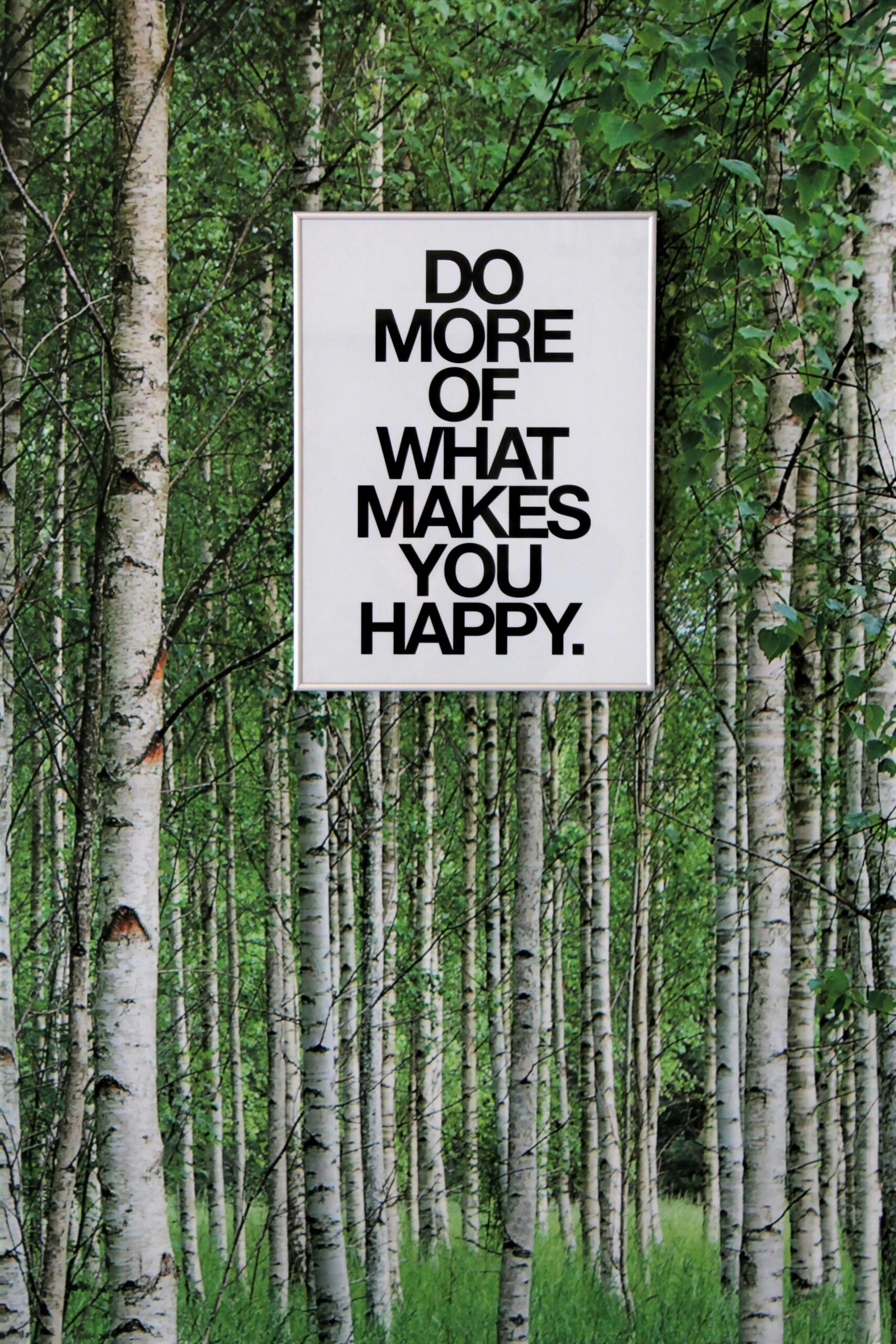Introduction: The Power of Body Language in Job Interviews
In the competitive landscape of job hunting, body language plays a pivotal role in shaping the outcomes of interviews. While verbal communication is crucial, non-verbal cues can significantly influence an interviewer’s perception and decision-making process. According to studies published in the Journal of Positive Psychology, body language often forms the basis of first impressions, which are critical in the context of job interviews.
Non-verbal signals such as posture, eye contact, and hand gestures can convey confidence, enthusiasm, and professionalism, or conversely, nervousness and disinterest. These subtle cues can either reinforce or undermine the verbal messages candidates aim to project. Understanding the power of body language can therefore be a game-changer, enhancing a candidate’s ability to leave a positive and lasting impression on potential employers.
The aim of this blog post is to offer practical body language tips that can help you ace your next job interview. By mastering these non-verbal techniques, you can complement your verbal communication, thereby presenting a well-rounded and compelling case for why you are the ideal candidate for the job. Whether you are a seasoned professional or a recent graduate, these insights will equip you with the tools to navigate the interview process more effectively.
The Perfect Handshake: Making a Strong First Impression
The importance of a good handshake cannot be overstated when it comes to making a strong first impression during a job interview. A handshake is often the first physical contact between you and the interviewer, and it sets the tone for the rest of the interaction. According to research from the Harvard Business Review, first impressions are often solidified within the first few seconds of meeting someone. Therefore, mastering the art of the perfect handshake is crucial.
A perfect handshake involves three key elements: firmness, eye contact, and a genuine smile. A firm handshake conveys confidence and professionalism, but be careful not to overdo it, as an overly strong grip can come off as aggressive. Aim for a grip that is firm but not overpowering.
Eye contact is equally important. It demonstrates that you are engaged and trustworthy. Avoid looking away or down, as this can make you appear disinterested or insecure. Instead, maintain direct eye contact while shaking hands to establish a connection with your interviewer.
A genuine smile can further enhance your handshake. A warm, sincere smile makes you appear approachable and likable, helping to create a positive first impression. However, your smile should not be forced or exaggerated; authenticity is key.
To perfect your handshake technique, practice with friends or family members. Focus on achieving the right balance of firmness, maintaining eye contact, and smiling naturally. Additionally, pay attention to the duration of the handshake; it should last about two to three seconds, just long enough to signify respect without becoming awkward.
In summary, a well-executed handshake combines firmness, eye contact, and a genuine smile to make a strong first impression. Given its significance in setting the tone for your interview, investing time in perfecting your handshake is a worthwhile endeavor. The right handshake can help you start your interview on a positive note, paving the way for a successful interaction.
Maintaining Eye Contact: Building Trust and Confidence
Eye contact plays a crucial role in job interviews, as it significantly influences the perception of confidence and trustworthiness. Consistent eye contact can help establish a strong connection with the interviewer, highlighting your sincerity and enthusiasm for the role. Numerous academic studies underscore the importance of eye contact in interpersonal communication. For instance, research published in the journal “Psychological Science” indicates that individuals who maintain eye contact are often perceived as more trustworthy and likable compared to those who avoid it.
However, maintaining eye contact without making the other person uncomfortable is an art. One effective technique to achieve this balance is the ‘triangle method.’ This approach involves subtly shifting your gaze between the interviewer’s eyes and mouth, creating an imaginary triangle. By doing so, you can maintain a natural flow of eye contact without staring fixedly, which can be perceived as intimidating or awkward.
It’s also important to be mindful of cultural differences when it comes to eye contact. In some cultures, direct eye contact may be considered disrespectful or confrontational. Therefore, it’s beneficial to research the cultural norms of the interviewer or the organization beforehand.
In addition to the triangle method, practice active listening to make eye contact more natural and meaningful. Nod occasionally to show you are engaged, and use facial expressions to convey understanding and empathy. These subtle cues can further enhance the rapport with your interviewer.
By mastering the skill of maintaining appropriate eye contact, you can project confidence and foster a positive interaction during your job interview. Remember, eye contact is not just about looking but also about connecting, understanding, and engaging with the person in front of you.
The Power of Posture: Sitting and Standing with Confidence
Good posture can significantly enhance the perception of confidence and competence during a job interview. According to findings published by McKinsey Quarterly, body language profoundly influences how leadership qualities are perceived. An upright, open posture can project self-assuredness and capability, making you appear more trustworthy and assertive.
Open body language is characterized by uncrossed limbs, relaxed shoulders, and maintaining a visible and approachable stance. When standing, this involves keeping your feet shoulder-width apart, your back straight, and your hands at your sides or gently clasped in front of you. This stance conveys openness and readiness, crucial during introductory phases of the interview.
In contrast, closed body language, such as crossing arms or legs and slouching, can signal discomfort, defensiveness, or a lack of confidence. When seated, maintaining an open posture involves sitting back in your chair, feet flat on the floor, and hands resting naturally on your lap or the table. Avoid slouching or leaning too far back, as these can either make you appear disengaged or overly casual.
During different phases of the interview, your posture should adapt subtly to the context. At the beginning, focus on projecting openness and attentiveness. As the conversation progresses, ensure your posture remains relaxed yet upright to convey ongoing engagement and confidence. Small adjustments, such as leaning slightly forward when discussing critical points, can demonstrate interest and enthusiasm without appearing rigid.
Maintaining an upright posture without appearing stiff is key. Practice sitting and standing with a straight back while keeping your shoulders relaxed. A gentle smile and occasional nods can further reinforce a positive demeanor. By mastering the power of posture, you can effectively communicate confidence and competence, enhancing your overall presence during the job interview.
Gestures and Movements: Enhancing Communication
Hand gestures and body movements play a significant role in reinforcing verbal communication, adding depth and clarity to the spoken word. When used purposefully, these physical cues can make explanations more engaging and comprehensible for the listener. According to studies published in the Journal of Positive Psychology, individuals who incorporate deliberate gestures into their communication are often perceived as more confident and competent. This perception can be particularly advantageous in a job interview setting, where first impressions are crucial.
Controlled and purposeful gestures can enhance your verbal messages by emphasizing key points and illustrating concepts. For example, using your hands to outline the size or shape of an object can help the interviewer visualize what you are describing. Similarly, a well-timed nod or a hand movement can underscore enthusiasm and commitment to the topic under discussion. By aligning your gestures with your words, you create a more dynamic and memorable interaction that can leave a lasting impression on your potential employer.
However, it is essential to avoid distracting habits that can detract from your message. Fidgeting with objects, tapping your foot, or making excessive movements can signal nervousness or lack of preparation, which may negatively impact the interviewer’s perception of you. Instead, focus on maintaining a calm and composed demeanor. Practice controlled gestures that complement your speech without appearing forced or overly theatrical.
By being mindful of your hand gestures and body movements, you can significantly enhance your communication effectiveness during a job interview. Strive for balance, ensuring that your gestures are natural and supportive of your verbal content, helping to convey your enthusiasm, confidence, and clarity. This approach not only aids in making a strong impression but also demonstrates your ability to communicate effectively, a critical skill in any professional environment.
Facial Expressions: Conveying Enthusiasm and Positivity
Facial expressions play a pivotal role in communicating emotions and enthusiasm during a job interview. A genuine smile and animated expressions not only convey positivity but also help establish an energetic and engaging interaction with the interviewer. Research consistently shows that facial expressions significantly influence perceptions of enthusiasm and sincerity. For instance, a study published in the journal “Emotion” found that participants who displayed genuine smiles were perceived as more enthusiastic and approachable compared to those with neutral expressions.
A genuine smile, which involves the muscles around both the mouth and the eyes, can instantly create a warm and welcoming atmosphere. This form of non-verbal communication signals to the interviewer that you are excited about the opportunity and confident in your abilities. Animated facial expressions, such as raised eyebrows and nodding, further demonstrate active engagement and interest in the conversation, making you appear more dynamic and attentive.
To effectively utilize facial expressions during an interview, it is essential to practice and maintain appropriate expressions. Start by observing yourself in a mirror or recording your practice sessions to identify areas for improvement. Focus on maintaining a relaxed yet enthusiastic demeanor, ensuring that your facial expressions match the tone and content of your responses. Additionally, be mindful of the interviewer’s reactions and adjust your expressions accordingly to foster a positive and interactive dialogue.
Maintaining consistent eye contact is another crucial aspect of conveying enthusiasm through facial expressions. It demonstrates confidence and attentiveness, signaling that you are fully engaged in the conversation. However, avoid excessive staring, as it may come across as intimidating. Instead, aim for a balanced approach, where you maintain eye contact for a few seconds at a time, interspersed with brief glances away to create a natural and comfortable interaction.
In summary, facial expressions are a powerful tool in conveying enthusiasm and positivity during a job interview. By practicing genuine smiles, animated expressions, and appropriate eye contact, you can create a lasting impression that highlights your enthusiasm and eagerness for the role.
Mirroring: Building Rapport with the Interviewer
Mirroring is a subtle yet powerful technique in body language that involves mimicking the gestures, posture, and movements of another person to build rapport. This method is deeply rooted in psychological principles, suggesting that people naturally gravitate towards those who exhibit similar behavior. When done correctly, mirroring can foster a sense of connection and understanding between you and your interviewer, making the interaction more harmonious and conducive to positive outcomes.
The psychological basis for mirroring lies in the concept of “social mimicry,” which is the subconscious imitation of another person’s behavior. Research has shown that individuals who engage in mirroring tend to create stronger bonds and are perceived more favorably. For instance, a study published in the journal Psychological Science found that participants who were subtly mirrored during a conversation reported higher levels of comfort and trust towards the person mirroring them.
In the context of a job interview, mirroring can be especially effective. By subtly adopting the interviewer’s body language, you can create a sense of familiarity and ease, which may enhance your chances of making a positive impression. However, it is crucial to employ this technique naturally to avoid coming across as insincere or mechanical.
To mirror effectively, start by observing the interviewer’s movements and posture. If they lean forward while speaking, you might also lean slightly forward. If they use hand gestures, consider incorporating similar, subtle gestures into your responses. The key is to be subtle and natural, ensuring that your actions do not appear forced or exaggerated.
Additionally, pay attention to the interviewer’s tone and pace of speech. Matching these vocal cues can further enhance the sense of rapport. For instance, if the interviewer speaks slowly and calmly, adjust your speech to mirror this pattern. Conversely, if they are more energetic and animated, allow your tone to reflect a similar level of enthusiasm.
By mastering the art of mirroring in your next job interview, you can create a strong sense of connection with your interviewer, ultimately boosting your chances of success. Just remember to keep your mirroring subtle and natural, ensuring that your actions are perceived as genuine and respectful.
Managing Nerves: Techniques for Staying Calm
Navigating the often nerve-wracking experience of a job interview requires not only mental preparation but also mastery over one’s body language. Anxiety and nervousness are common, yet manageable, if you employ effective strategies to stay calm. Understanding how body language can both reflect and influence your emotional state is crucial for projecting confidence.
One of the most effective techniques for managing nerves is deep breathing. Controlled, slow breaths can help lower your heart rate and reduce anxiety. Before entering the interview room, take a moment to practice deep breathing exercises. Inhale deeply through your nose, hold for a few seconds, and then exhale slowly through your mouth. This simple exercise can help center your mind and body, making you feel more composed.
Visualization is another powerful tool. Spend a few minutes visualizing a successful interview. Picture yourself answering questions confidently, smiling, and engaging positively with the interviewer. This mental rehearsal can help set a positive tone and reduce anxiety by familiarizing your mind with the scenario.
Grounding exercises are also beneficial in moments of acute nervousness. These exercises help bring your focus back to the present, reducing feelings of overwhelm. A simple grounding exercise involves focusing on physical sensations, such as pressing your feet firmly against the ground or gently tapping your fingers on your thighs. This technique can help you stay present and maintain control over your body language.
Maintaining controlled body language is essential for projecting a composed and confident image. Even if you feel nervous internally, keeping your body language steady can convey assurance to the interviewer. Sit up straight, maintain eye contact, and use purposeful gestures. Avoid fidgeting, as it can signal anxiety. Instead, try to keep your movements deliberate and relaxed.
By mastering these techniques, you can effectively manage your nerves and use your body language to project confidence, even in high-pressure situations like job interviews. The ability to stay calm and composed will not only improve your performance but also leave a lasting positive impression on your potential employer.
Conclusion: Integrating Body Language for Interview Success
Throughout this blog post, we have explored five essential body language tips to help you excel in your next job interview. From maintaining eye contact and exhibiting confident postures to managing facial expressions and utilizing hand gestures effectively, each tip contributes to creating a positive and lasting impression. These non-verbal cues are crucial as they complement and enhance your verbal communication, ensuring that your overall message is both coherent and compelling.
Integrating these body language strategies holistically with your verbal responses can significantly improve your interview performance. It is imperative to remember that body language is not just an isolated aspect of communication; it works in tandem with your spoken words to convey confidence, competence, and enthusiasm. Practicing these tips regularly can help you become more aware of your non-verbal signals and refine them to align with your verbal messages.
We encourage you to engage in mock interviews with a trusted friend, mentor, or career coach to receive constructive feedback on your body language. This practice can provide valuable insights into areas where you may need improvement and help you build a more polished and professional demeanor. Moreover, recording these mock sessions can allow you to observe your body language objectively and make necessary adjustments.
Mastering body language is an ongoing process that requires consistent effort and self-awareness. By integrating these tips into your interview preparation, you can enhance your ability to communicate effectively and leave a memorable impression on potential employers. Remember, a strong command of body language can be a decisive factor in achieving career success, as it reflects your confidence, engagement, and professionalism.
In conclusion, by diligently practicing and refining your body language, you can significantly boost your interview performance and increase your chances of landing your desired job. Embrace these tips and integrate them into your overall communication strategy to ace your next job interview and pave the way for a successful career.






